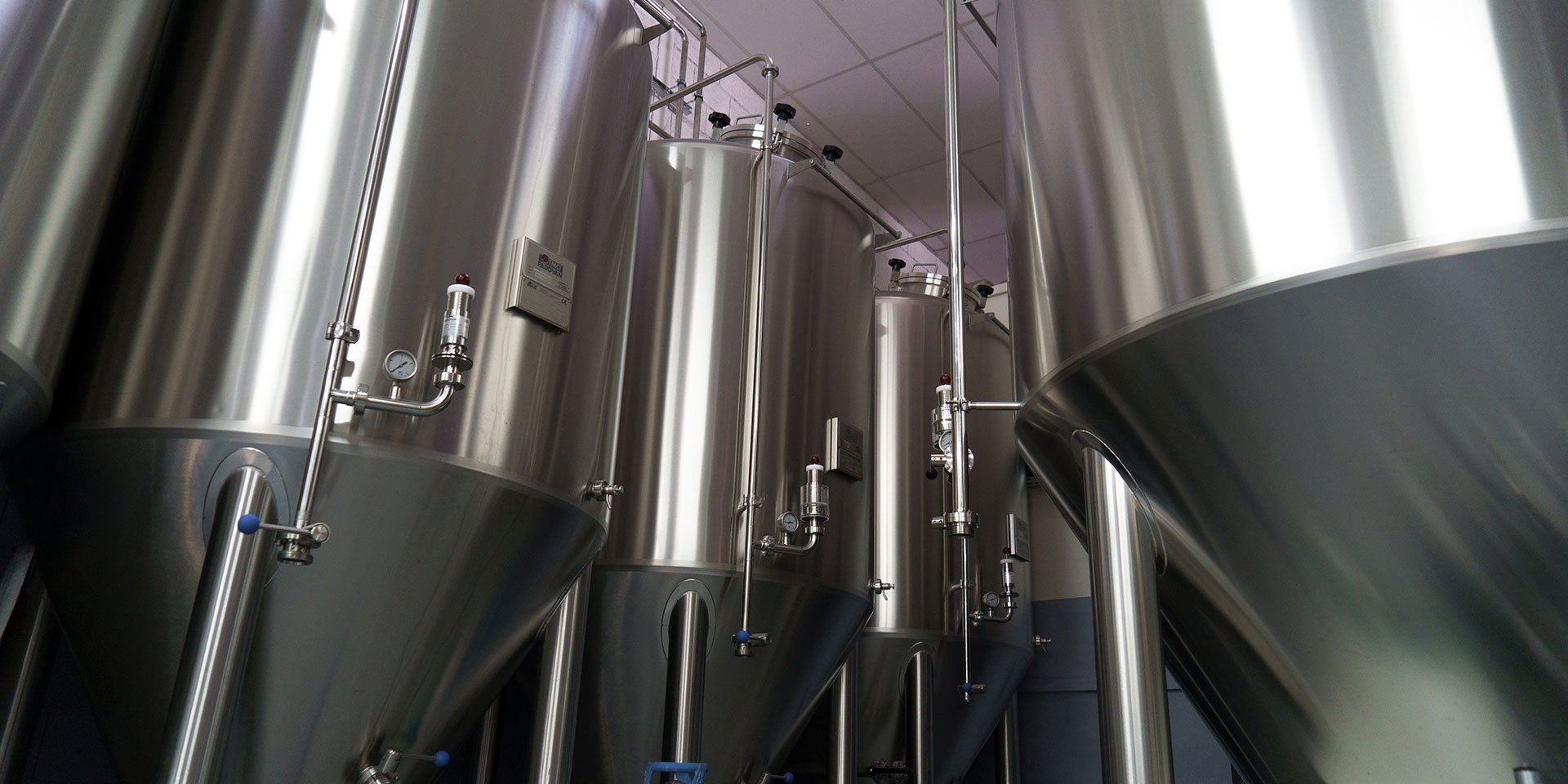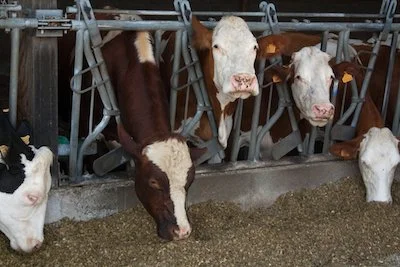Nearly a year after USDA approval, lab meat is still off the menu
In March 2023, Florida lawmakers passed a bill that would make it a misdemeanor to develop or sell lab-grown meat. The initiative joined a growing number of similar efforts from conservative lawmakers around the country, with lawmakers in Alabama, Arizona and Tennessee all introducing similar bills. Other states, like Montana, North Dakota and Wyoming, have passed bills banning the products (also called “cultured meat” or “cultivated meat”) from being labeled as “meat” at all — a cause that’s been taken up by senators at a federal level, many of whom are also advocating to ban lab meat from school lunch programs and federal food procurement.
Objections to cultivated meat have been varied, with politicians citing concern for U.S. ranchers, questions about health and safety and, increasingly, conspiracy theories about attempts to control the U.S. food supply. The idea that powerful actors want to take meat away from Americans echoes previous claims that the Green New Deal — a proposed package of climate policies that suggested reducing agricultural emissions — was an attempt “to take away your hamburgers.”
Lab meat has emerged as yet another flashpoint in our country’s culture wars — wars that have long included debates about the role of meat. This hand-wringing would give the impression that cultivated meat is poised to radically disrupt the way we eat, but so far, it’s a mostly speculative threat to our meat-heavy diets.
The industry’s stops and starts
In the real world, lab meat hardly exists: In the U.S., you can’t order it in a restaurant or buy it in a store. As food journalist Joe Fassler reported from an interview with the founder of a cultivated meat company, conversations about getting products to market now happen in terms of decades rather than years. Given the billions of dollars investors have poured into cultivated meats in the last decade, it’s safe to say there’s a lot more in the industry’s way than fearmongering and political obstructionism.
For decades, scientists have speculated about growing meat without actually using animals. And in the last ten years, that’s become possible. Cultivated meat is created by growing livestock cells in a nutrient-dense fluid, then layering them in a way that approximates muscle fibers. As researchers have moved cultivated meats from science fiction closer to reality, the concept has attracted the attention of both food system reformers, some of whom see it as an opportunity to move away from the environmental destruction associated with conventional meat production, and investors, who have enabled a few prominent startups to develop early products. In those regards, the situation mirrors the early days of plant-based meat alternatives.
In June 2023, the U.S. Department of Agriculture announced it had approved for sale two lab-grown meat products, both cultivated chicken, from California companies Good Meat and Upside Foods. Those approvals came with high-end restaurant partnerships: Upside’s chicken soon appeared at San Francisco’s Bar Crenn, sister restaurant of Michelin-starred Atelier Crenn, and José Andrés’ China Chilcano began serving Good Meat’s chicken in D.C. These tasting menu appearances seemed like a smart, prestigious way to help legitimize the products: If Dominique Crenn and José Andrés took cultivated meat seriously, they could convince consumers who would otherwise turn their nose up at it. This isn’t an uncommon rationale in the culinary world, with Eleven Madison Park’s chef Daniel Humm explaining the restaurant’s controversial pivot to a vegan menu as a demonstration that vegan food should be taken seriously.
But both restaurants have since stopped serving cultivated chicken.
This muted opening was the result of neither poor reviews nor consumer skepticism — the chicken was positively received by chefs and diners alike — but rather the highly limited availability of the ingredients. With the restaurant only able to source 16 one-ounce portions from Upside every month, Bar Crenn’s cultivated chicken never made it onto the regular menu. China Chilcano offered its cultivated chicken dish on a tasting menu with only six available reservations per week, and even then, Good Meat’s low production eventually forced the restaurant to drop portion sizes.
If this trickle-down strategy was intended to inspire and normalize, it has more or less backfired. The failure of producers to supply enough cell-cultured chicken for even a few high-end restaurants ultimately has helped underscore what cultivated meat and fine dining have in common: inaccessibility.
The reasons for the growing pains
As we’ve explored in the past, cultivated meat is exceptionally challenging to create. Researchers have made huge strides on a number of fronts, including reducing dependency on animal products and improving the quality of meat they can produce — especially when it comes to growing cells in organized fibrous structures to mimic actual muscles and cook like whole cuts of meat. Texture problems have been a big sticking point for plant-based fake meats, which remain mostly confined to imitations of ground and processed meat products.
But for all the progress that’s been made in the lab, transitioning to actual production at scale has been a huge problem. As an investigation into Upside’s California facility revealed in September 2023, the company’s products are still essentially made by hand, with the facility’s largest equipment going unused as workers instead layer cell sheets one by one in small bottles — a stark departure from the company’s claims that the facility was capable of producing 50,000 pounds of meat a year. Upside’s planned Illinois production facility is on indefinite pause. Things at Good Meat don’t seem to be going much better, with an announcement that its California facility will shift focus from making meat now to developing new cell lines that could be better suited to large scale production in the future.
Cultivated meat on the whole isn’t necessarily stuck in the mud, even if whole-muscle cuts are proving difficult: Products like hot dogs and chicken nuggets are much simpler to make with existing technology because the process doesn’t require nearly as much structuring of the cultured cells. Last year, Upside announced its intentions to expand in this direction with chicken nuggets, but the company has not received regulatory approval for anything but its whole-muscle chicken. Even if cleared for sale, however, it’s unclear whether those nuggets would fare well: They would be much more expensive than regular chicken nuggets, and for the small number of consumers interested in more ethically produced nuggets, existing plant-based alternatives are close enough to scratch the itch.
Will lab meat scale up fast enough to make a difference?
Current capacity issues could eventually be overcome, but the industry will need a lot more cash — and where that comes from is up for debate. Cultivated meat was a prime beneficiary of the last decade’s cash-flush investment market, but that’s largely dried up in recent years. Some food system reformers have advocated for public funding, arguing correctly that the conventional meat industry only reached its current scale with the help of widespread public investment in everything from research to infrastructure to subsidies.
But this argument unintentionally gets at the central problem with positioning cultivated meat (and other meat alternatives) as a cure to industrial meat’s problems: Consumer behavior is not the central pillar holding up the meat industry. If anything, our increasing meat consumption is the product of a government subsidy system that keeps producing more and more meat at lower and lower prices.
Attempts to keep producing meat at our current scale while reducing its environmental impact have largely failed: Industry scientists have defended industrial agriculture using questionable emissions analyses and argued for band-aid solutions like methane digesters; on the other end of the spectrum, regenerative agriculture limits livestock’s impact on the environment, but uses a lot of grazing land to do so and produces a lot less meat, even when scaled up. In this context, using alternative products to undercut meat consumption is a tempting strategy.
If cultivated meat were ready to go today, it could help scale down animal agriculture without asking people to give up eating as much meat as they’re accustomed to. But with a likely decade-long lag before the industry is really ready to compete with conventionally raised meat, it’s not something to bet on. This means that reducing the amount of meat we produce and eat must, for the moment, be the top priority if we’re going to stave off the worst impacts of the climate crisis. Dismantling the subsidies that enable our excessive meat consumption should come first.
Even if the initial result is just that meat becomes more expensive, we know this has a big impact on meat consumption: Surges in meat prices (tied to high feed costs) in 2008 and 2020 pushed meat consumption down considerably. Making meat less affordable may not be a popular prospect, but it’s certainly one that we can adapt to. The long history of vegetarianism worldwide — and its popularity in the U.S. during previous periods of economic hardship — shows that people’s food preferences are malleable when they need to be.
Get the latest food news, from FoodPrint.
By subscribing to communications from FoodPrint, you are agreeing to receive emails from us. We promise not to email you too often or sell your information.
Top photo by Moving Moment/Adobe Stock.
More Reading
Can scorecards push supermarkets to do better?
December 9, 2024
Manure digesters aren’t clean energy
November 6, 2024
Julie Guthman explains why Silicon Valley will not hack the future of food
November 4, 2024
Everyone's talking about ultraprocessed foods — but what exactly are they?
June 27, 2024
Switching from beef to chicken isn't the sustainability flex you think it is
June 12, 2024
Are natural flavors better than artificial?
May 7, 2024
Is a sweeter story possible for chocolate and vanilla?
April 30, 2024
The ins and outs of vegan hot dogs
April 16, 2024
Jamie Loftus and ‘the naked truth about hot dogs’
April 16, 2024



